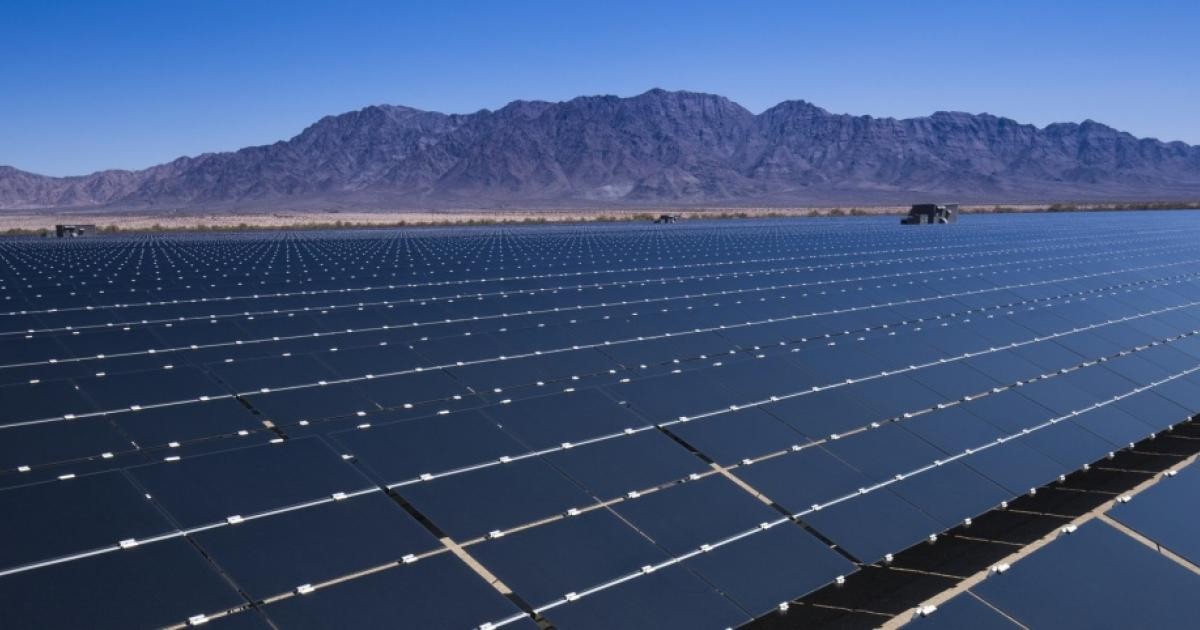
The Biden administration has updated the roadmap for solar development to 22 million acres of federal lands in the US West.
The Bureau of Land Management (BLM) and the Department of Energy’s National Renewable Energy Laboratory have determined that 700,000 acres of federal lands will be needed for solar farms over the next 20 years, so BLM recommended 22 million acres to give “maximum flexibility” to help the US reach its net zero by 2035 power sector goal.
The plan is an update of the Bureau of Land Management’s 2012 Western Solar Plan, which originally identified areas for solar development in six states – Arizona, California, Colorado, Nevada, New Mexico, and Utah.
The updated roadmap refines the analysis in the original six states and expands to five more states – Idaho, Montana, Oregon, Washington, and Wyoming. It also focuses on lands within 10 miles of existing or planned transmission lines and moves away from lands with sensitive resources.
Ben Norris, vice president of regulatory affairs at the Solar Energy Industries Association (SEIA), said in response to BLM’s announced Western Solar Plan updates:
The proposal … identifies 200,000 acres of land near transmission infrastructure, helping to correct an important oversight and streamline solar development.
Under the current policy, there are at least 80 million acres of federal lands open to oil and gas development, which is 100 times the amount of public land available for solar. BLM’s proposal is a big step in the right direction and recognizes the key role solar plays in our energy economy.
Top comment by alex bub
True, the true heat issue is only for large solar farms. I use solar panels and controllers to charge my car and motorcycle batteries and also have a combination observatory for my telescope and ham radio shack where I use solar panels and batteries to operate my ham radio transceivers when not running a small generator. Solar definitely has it's place if done right.
BLM under the Biden administration has approved 47 clean energy projects and permitted 11,236 megawatts (MW) of wind, solar, and geothermal energy on public lands, enough to power more than 3.5 million homes.
Read more: Ohio’s largest solar farm just came online
If you live in an area that has frequent natural disaster events, and are interested in making your home more resilient to power outages, consider going solar and adding a battery storage system. To make sure you find a trusted, reliable solar installer near you that offers competitive pricing, check out EnergySage, a free service that makes it easy for you to go solar. They have hundreds of pre-vetted solar installers competing for your business, ensuring you get high quality solutions and save 20-30% compared to going it alone. Plus, it’s free to use and you won’t get sales calls until you select an installer and share your phone number with them.
Your personalized solar quotes are easy to compare online and you’ll get access to unbiased Energy Advisers to help you every step of the way. Get started here. –ad*
FTC: We use income earning auto affiliate links. More.





Comments